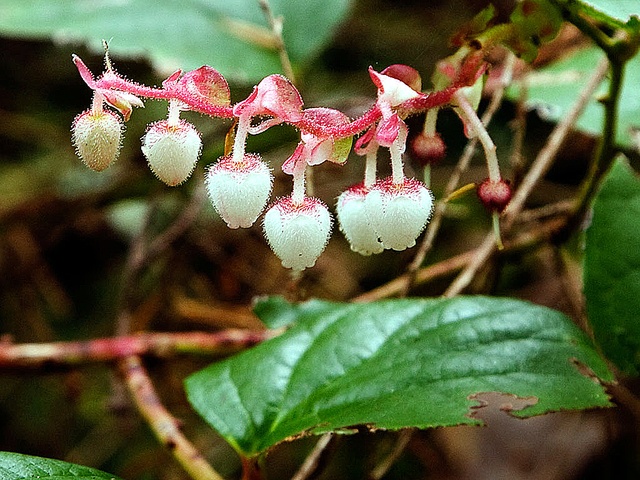The rain falls and the wind blows – it is winter in San Juan County. But don’t let the bluster of colder weather stop you from putting on your gardening gloves and digging in the soil. Due to our temperate weather and low elevation, frost rarely occurs in our garden beds and a light mulch on the surface can easily solve that problem. So as long as you are willing, fall and winter gardens are a must for the island.
Vegetables
According to the Washington State University’s gardening extension programs’ experts, the following vegetables can be planted in summer or early fall for fall, winter and early spring harvest: pole and fava beans, beets, cabbage, brussels sprouts, broccoli, carrots, cauliflower, onions, parsley, peas, garlic, kale, shallots and rutabaga.
For info on when to plant these crops, google “WSU gardening extension fall and winter vegetable gardening pdf.”
Shrubs
Dogwood creek, also known as red-osier dogwood has beautiful reddish bark and shows off clusters of creamy white flowers, followed by white or bluish berries that persist even through winter. According to the U.S. Department of Agriculture website, Native Americans smoke the inner bark of red-osier dogwood in tobacco mixtures used in the sacred pipe ceremony.
Indian plum is often known as the first deciduous native shrub to flower in late winter. The shrub, which features pendulous clusters of green and white flowers that emerge in late winter, provides nectar for hummingbirds, moths and butterflies and native bees.
Salal is a small evergreen shrub, known for its large, leathery, evergreen leaves. The plant makes an exciting winter addition to your garden because its dull green leaves become reddish in winter. You do have to wait until spring for the white-to-pinkish bell-shaped flowers, which turn to large bluish-purple berries in late summer.
The white inside-out flower is a deciduous herbaceous groundcover. It has delicate starlike flowers on stiff stalks in spring. You will find a bright yellow color in these flowers up until the late fall, adding a little light to your backyard when you need it the most. Pearly everlasting has gray-green leaves and tiny yellow flowers with white bracts that bloom in early fall. The flowers are commonly dried for flower arrangements. For more information, visit this website.
– By Cali Bagby, Editor



